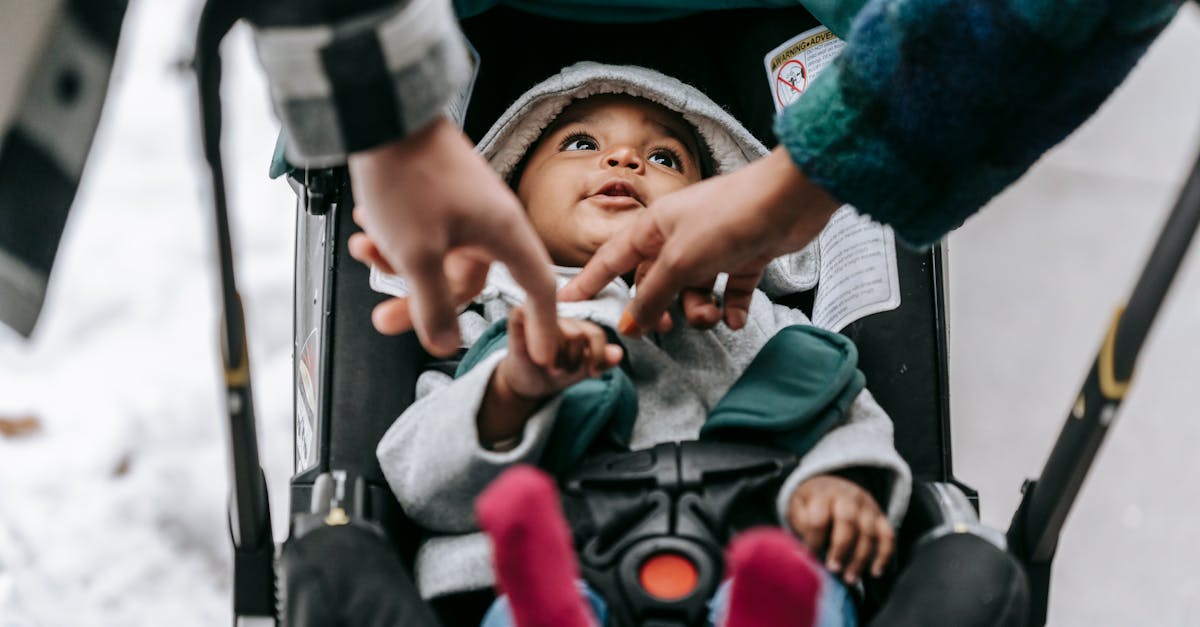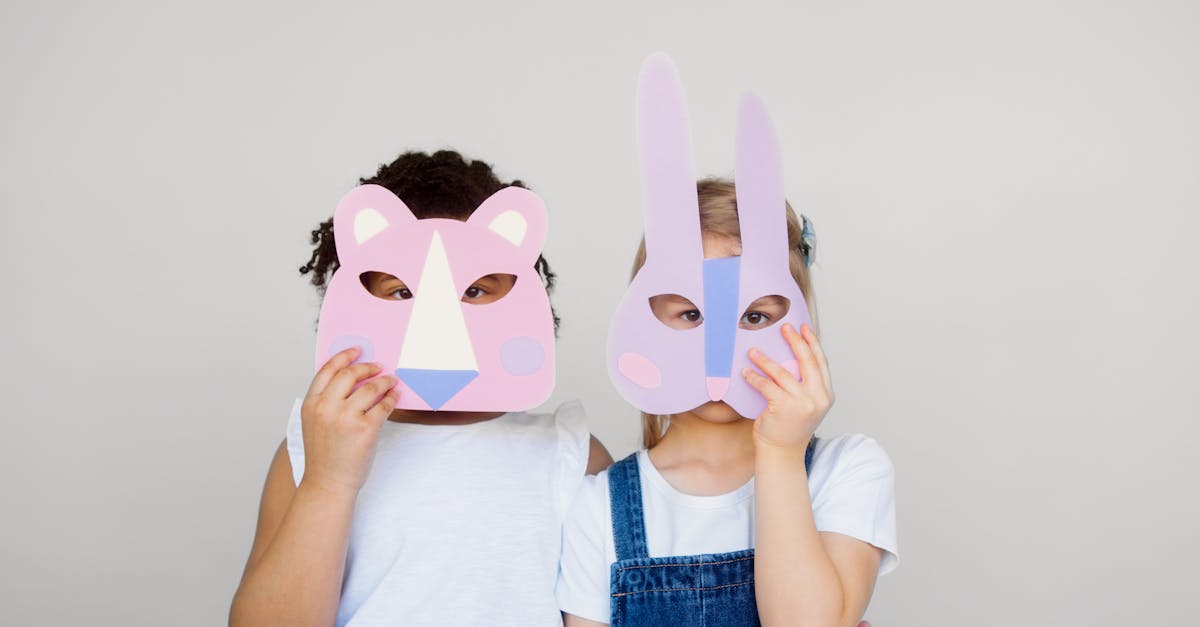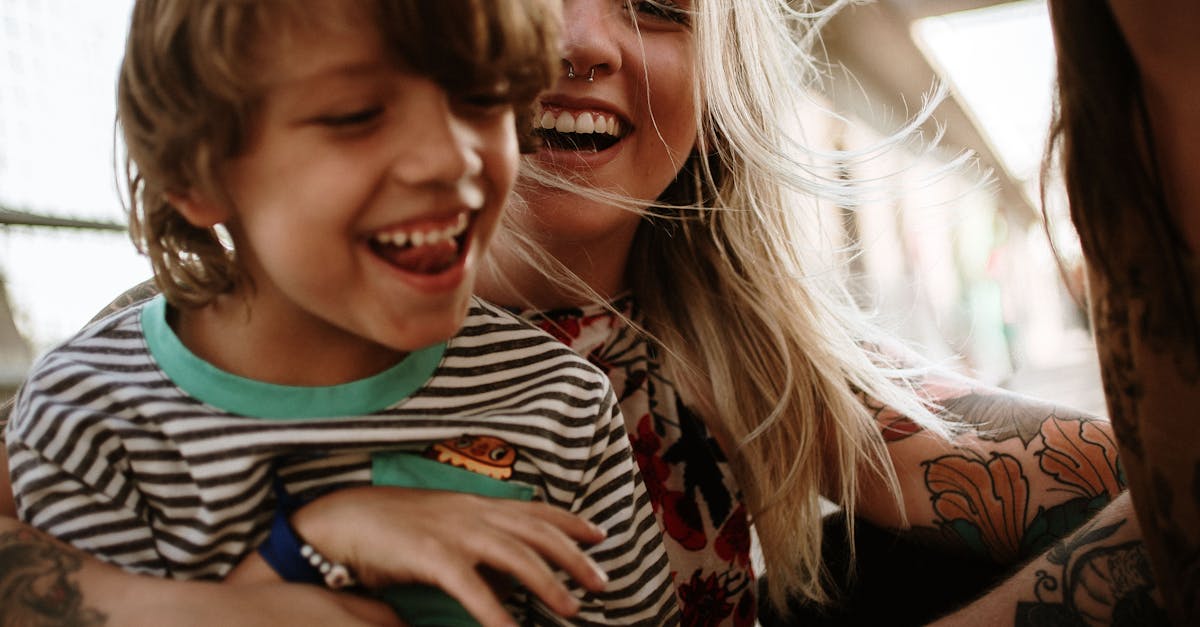The Power of Modeling Behavior
Ever tried explaining why sharing is caring to a toddler inspecting a cookie with the focus of a scientist? It’s an art and science, folks. Teaching empathy and kindness to toddlers isn’t about grand gestures but the everyday moments. Remember, little eyes are always watching, which means our actions speak louder than our Instagram parenting tips. Ever apologized to your toddler for overreacting? That’s gold. It shows them that everyone makes mistakes and taking responsibility is key. This approach not only teaches empathy but also cultivates a warm, trusting environment.

Modeling behavior is a powerful tool in shaping young minds. By demonstrating behavior we want our children to adopt, we provide them with a tangible example to follow. It’s not just about what we say but about what we do that truly leaves an impact on our little ones.
Empathy Begins with Understanding
Understanding is the first step toward empathy. Toddlers are like tiny detectives with magnifying glasses, absorbing every detail of the emotional landscape around them. That’s why it’s crucial to talk about feelings openly.
‘You seem upset because your tower fell. That’s frustrating, isn’t it?’
These dialogues help toddlers recognize emotions in themselves and others, laying a foundation for lifelong empathy. It’s like teaching them to be emotional linguists, creating a world where feelings aren’t just felt but understood and respected.

Games That Teach Kindness
Think of kindness as a muscle that needs regular workouts. Fun activities and games can be fabulous gyms for flexing the empathy muscle. For example, a ‘Kindness Jar’ filled with tokens for every act of kindness spotted. Or, ‘Empathy Role-Play’ where you and your toddler pretend to be each other, exploring feelings and perspectives. Games like these aren’t just play; they’re covert operations in building a kinder world, one empathetic mission at a time.

The Storytelling Magic
Never underestimate the power of a good story. Whether it’s classic fairy tales with morals, family anecdotes, or made-up adventures, stories have a unique way of highlighting kindness and empathy.
Imagine narrating a tale where the hero’s superpower is understanding others’ feelings. Such stories not only entertain but also serve as engaging lessons in compassion. Plus, discussing characters’ choices and emotions enriches empathy skills, turning storytime into a heartwarming classroom of kindness.

Embracing Mistakes Together
Life isn’t a Pinterest board; it’s messy, with ample opportunities for teachable moments, especially regarding mistakes. Sharing stories of when we messed up, followed by what we learned, encourages kids to view challenges as opportunities. It’s about showing them that mistakes are just part of being human, not failures. This perspective makes the journey of learning empathy and kindness less about being perfect and more about growing together.

Embracing mistakes is a crucial part of personal growth and development. When we acknowledge our mistakes, we create an environment where learning and improvement can thrive. By normalizing mistakes and emphasizing the importance of resilience, we empower ourselves and those around us to embrace challenges with a positive mindset.
Encouraging Words Matter
Words have power, especially in the ears of our little ones. Compliments like ‘I love how you helped your friend’ reinforce positive behavior. Moreover, using empathic language ourselves models how to express kindness and understanding.
Encouraging words act as verbal hugs, building confidence and reinforcing the value of empathy and kindness. They’re like seeds of compassion, watered by our daily conversations, growing into the fundamental values we wish to see in our children.

